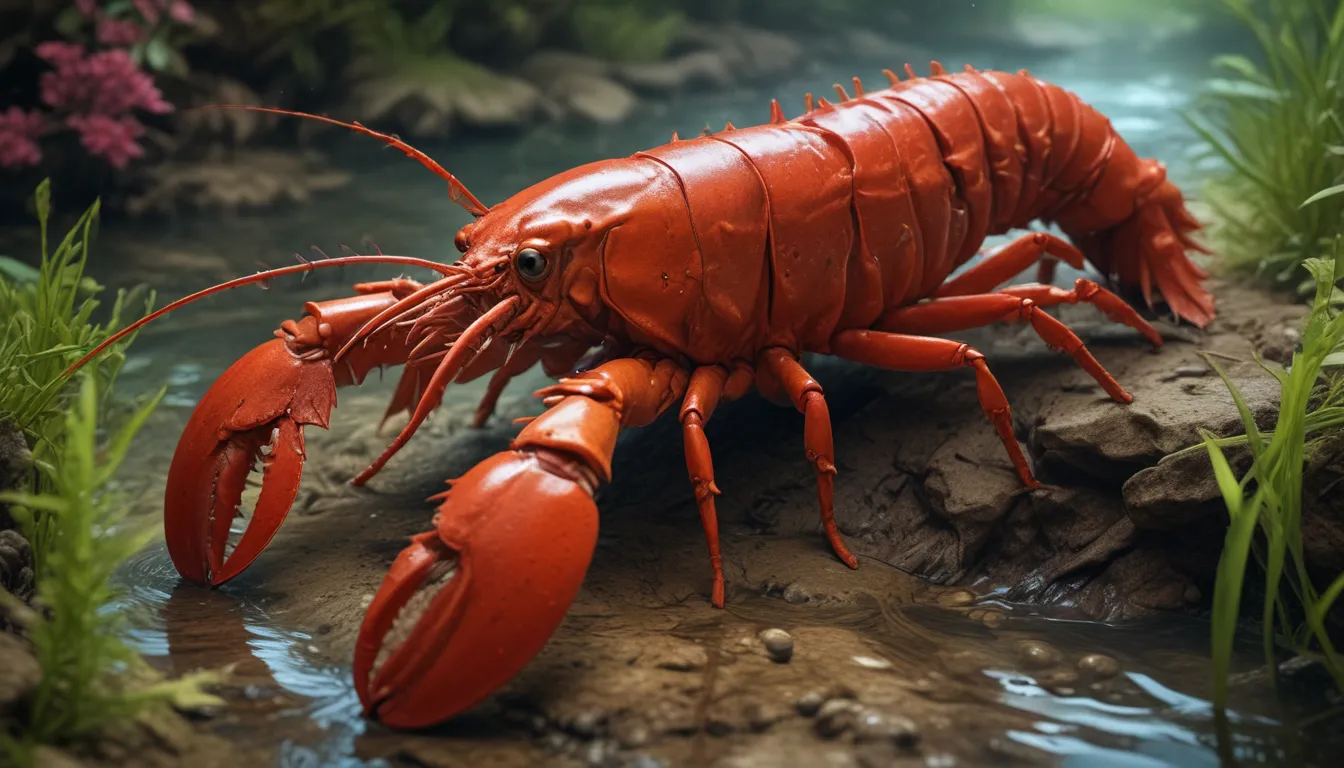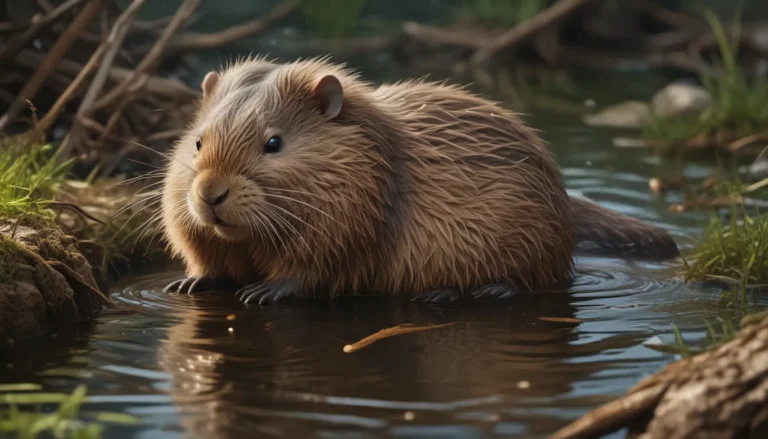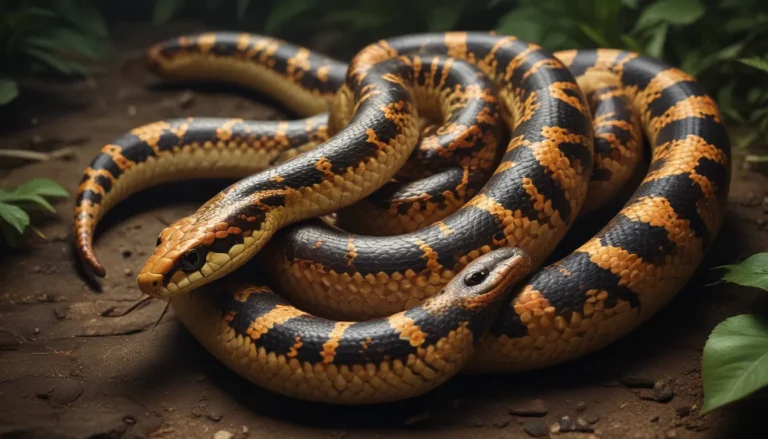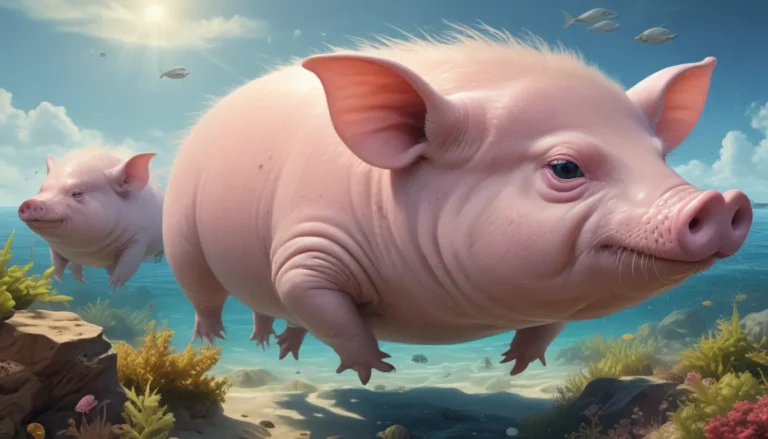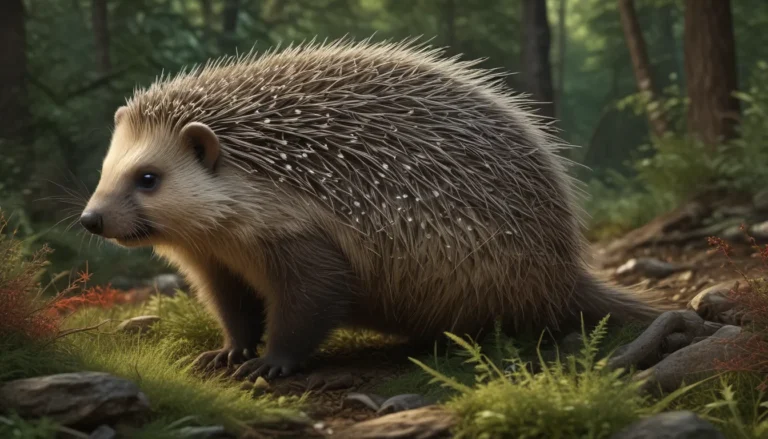The pictures we use in our articles might not show exactly what the words say. We choose these pictures to make you interested in reading more. The pictures work together with the words but don’t take their place. The words still tell you the important facts.
Are you intrigued by the mysteries of the animal kingdom? Crayfish, also known as crawfish or crawdads, are captivating creatures that have piqued the interest of scientists and enthusiasts worldwide. These small freshwater crustaceans can be found in various corners of the globe, from North America to Europe and Australia. Join us as we delve into 11 fascinating crayfish facts that will deepen your understanding of these remarkable beings.
Unveiling the Wonders of Crayfish
Crayfish, with their lobster-like appearance, are freshwater crustaceans that predominantly inhabit rivers, lakes, swamps, and streams. These versatile creatures have adapted to a variety of environments, showcasing their resilience and adaptability.
The Diverse World of Crayfish
- Global Residents: Crayfish can be found in regions worldwide, including North America, Europe, Australia, and even Africa.
- Species Richness: With over 600 known species, crayfish display a remarkable diversity in characteristics and adaptations.
- Omnivorous Palates: These crustaceans have a varied diet, feasting on plant material as well as small aquatic creatures like insects, snails, and fish.
Unveiling the Physical Charms of Crayfish
- Unique Appearance: Sporting a segmented body, a tough exoskeleton, and distinctive pincers known as chelae, crayfish come in an array of colors such as brown, green, red, and blue.
- Molting Marvels: As they grow, crayfish shed their exoskeleton in a process called molting, allowing for growth and regeneration.
Deeper Dive into Crayfish Behaviors
Crayfish exhibit fascinating behaviors that shed light on their intricate social interactions and ecological significance.
Courtship Capers and Reproductive Marvels
- Elaborate Rituals: Mating in crayfish involves a complex courtship dance, with males fanning their pheromones towards females to secure successful reproduction.
- Parthenogenesis Prowess: In certain species, females can reproduce without fertilization, showcasing a unique ability for rapid habitat colonization.
Survival Strategies and Culinary Charms
- Regenerative Powers: Crayfish can regenerate lost limbs, ensuring their survival in the wild and highlighting their remarkable adaptability.
- Gastronomic Delights: Enjoyed as a delicacy in various cuisines, from Louisiana's étouffée to Sweden's crayfish boils, these crustaceans have a place on plates worldwide.
Embracing the Role of Crayfish in Ecosystems
Crayfish play a crucial role in freshwater ecosystems, contributing to population control and water quality maintenance.
Ecosystem Champions
- Key Players: These crustaceans help regulate populations of organisms such as snails and aquatic plants, contributing to a balanced ecosystem.
- Burrowing Benefits: Their burrowing activities improve water quality, showcasing the interconnectedness of species in their habitats.
Crayfish Conservation and Appreciation
Understanding and appreciating crayfish facts can lead to a greater awareness of the importance of conserving these fascinating creatures and their habitats.
Conservation Considerations
- Habitat Preservation: By learning about crayfish habitats, behaviors, and life cycles, we can work towards conserving their natural environments and ensuring their survival.
- Biodiversity Connection: The world of crayfish offers a unique lens into biodiversity and the interconnectedness of species in our natural world.
Exploring FAQ: Unlocking Curious Minds
Are you curious to learn more about these enigmatic creatures? Here are answers to some frequently asked questions about crayfish:
- Crayfish vs. Lobsters: While related, crayfish and lobsters are distinct species, with crayfish exhibiting unique characteristics.
- Pet Possibilities: Crayfish can be kept as pets in aquariums, provided their habitat and needs are carefully considered.
- Diet Details: Omnivorous eaters, crayfish enjoy a varied diet of plants and small animals in their aquatic habitats.
- Life Span Insights: The lifespan of crayfish varies depending on species and environmental factors, with an average of 2 to 3 years in the wild.
- Hibernation Habits: Crayfish undergo a dormant period called diapause, akin to hibernation, to conserve energy during harsh conditions.
- Regeneration Realities: These resilient creatures can regrow lost limbs, including their claws, showcasing their unique survival mechanisms.
Conclusion: Celebrating the Wonders of Crayfish
In conclusion, crayfish are truly remarkable creatures that embody the beauty and complexity of the natural world. Through a deeper understanding of their behaviors, habitats, and ecological importance, we can foster a greater appreciation for these captivating crustaceans. Whether you're a biologist studying their intricacies or a curious observer of nature, exploring the world of crayfish can be an enriching journey.
Join us in celebrating the diversity, resilience, and charm of crayfish as we continue to explore the wonders of the animal kingdom. Let's cherish and protect these amazing creatures for generations to come.
Engage with Authentic Knowledge
Our dedication to delivering authentic and engaging content drives us to provide you with a wealth of information contributed by real users. Each fact undergoes meticulous review by our editors to ensure accuracy and reliability, guaranteeing a journey of discovery filled with fascinating insights. Trust in our commitment to quality and authenticity as we explore the wonders of the world together.
